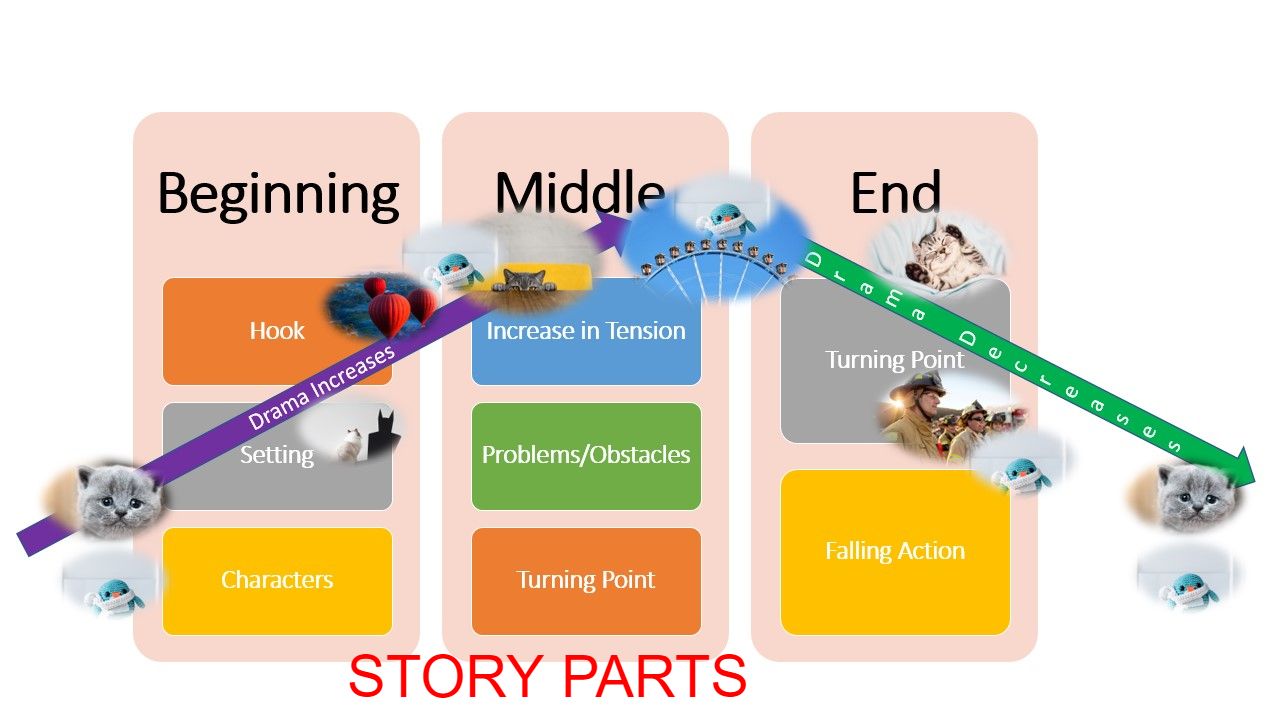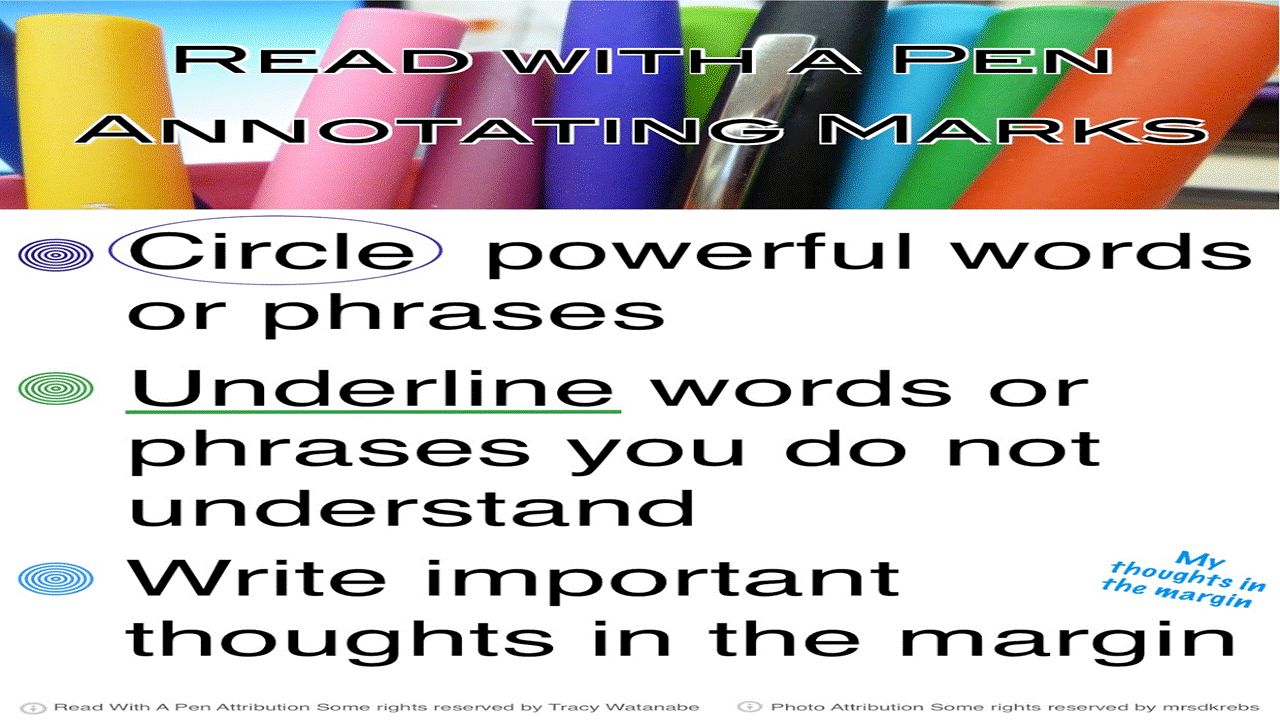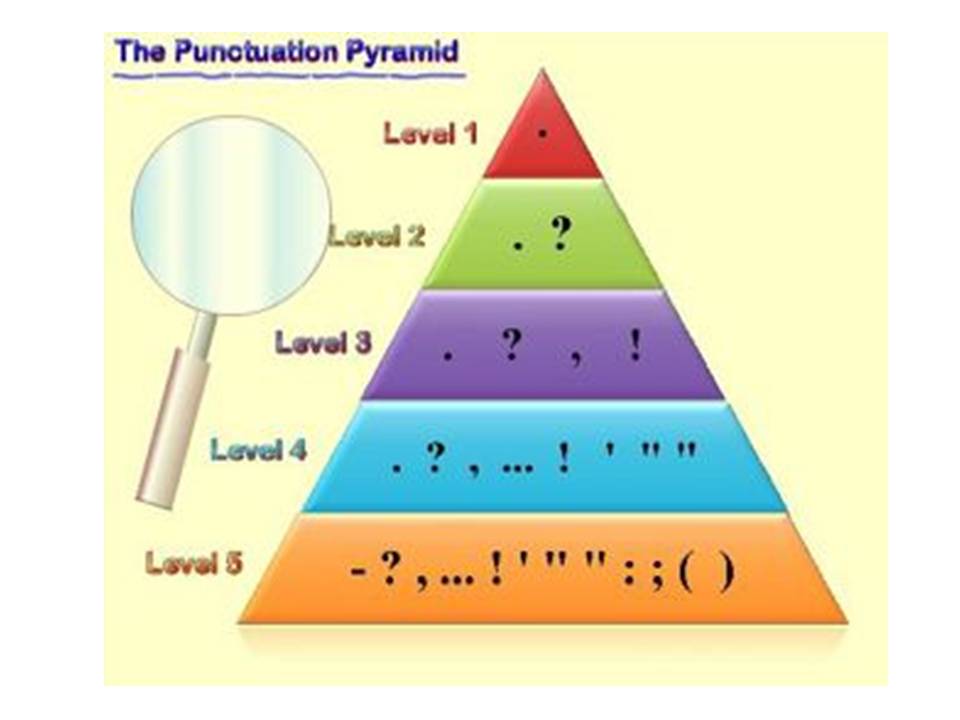Close Reading: Strategies for
| ||||||||
| five_facts_of_fiction.pdf | |
| File Size: | 840 kb |
| File Type: | |
These are the words to understand how the process of how to close read. Remember from Bloom's Taxonomy: 1) Know Information; 2) Understand the Information; 3) Apply the Information; 4) Analyze the Information; 5) Evaluate the Information; and 6) Create a New Understanding of the Information.
Story Parts
Universal Themes
Allegories
Allegory versus Symbols
- Allegory uses a lot of symbolism.
- Allegories are fables, myths and religious stories. Hidden meaning through characters and events.
- Symbols build a theme.
- Ex: Character Christian in Pilgrim's Progess represents the journey to heaven
- www.litcharts.com
- Symbols are specific to a situation, character, setting, problem, solution. They are NOT allegories. They are a technique for allegories.
- Symbols build themes for allegories.
Archetypes Characteristics:
- universal meanings; e.g., sacrifice; Aslan in Chronicles of Narnia
- shared human experience; struggle e.g., Mother Jones and Unions.
- universal literary symbols; e.g., angel with their own code e.g., Miss Melly in Gone with the Wind by Margaret Mitchell
- can include characters, plots, settings, objects and themes. General associations.
Story Analysis List
Setting/Culture May Influence The Story Problem
TPCASTT &
|
GRAMMAR FEATURES
How can you use the parts of speech for understanding a text?
|
PUNCTUATION & TEXT FEATURESHow can you use punctuation for understanding a text?
|



